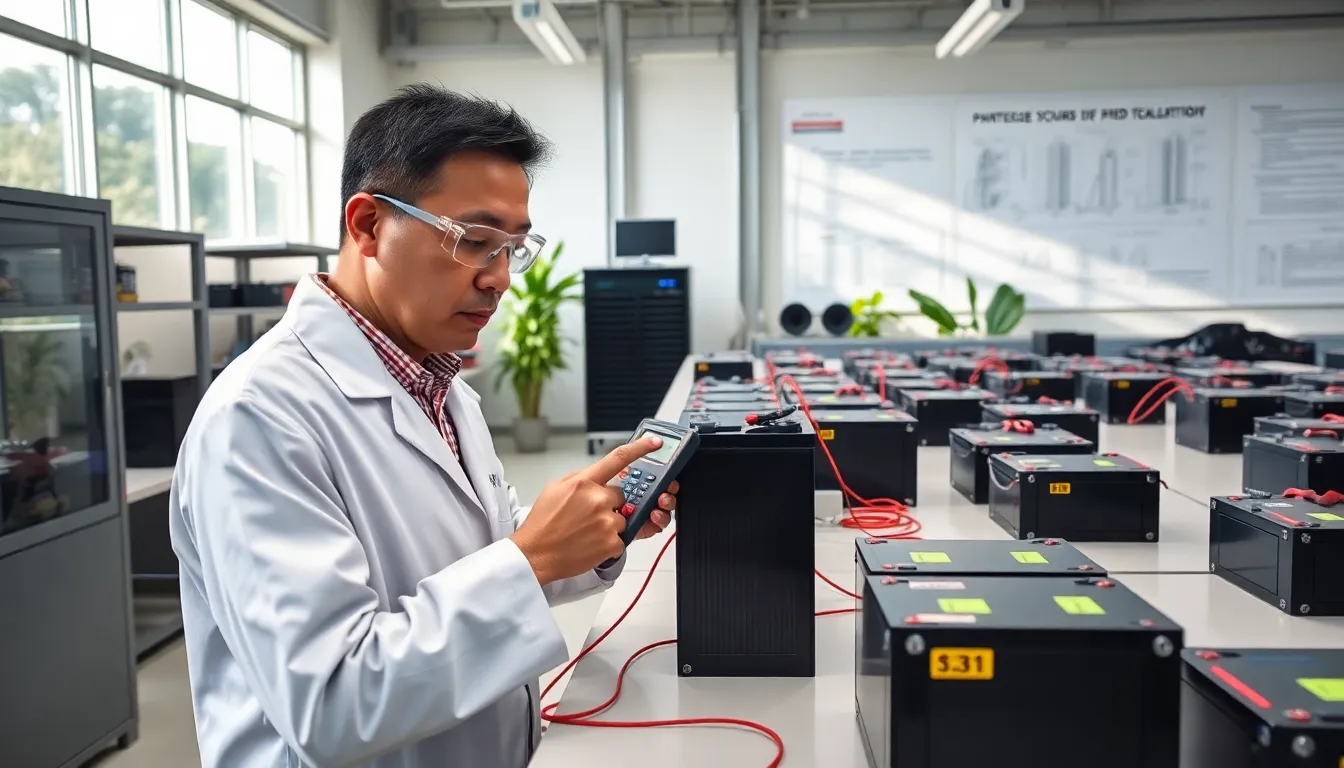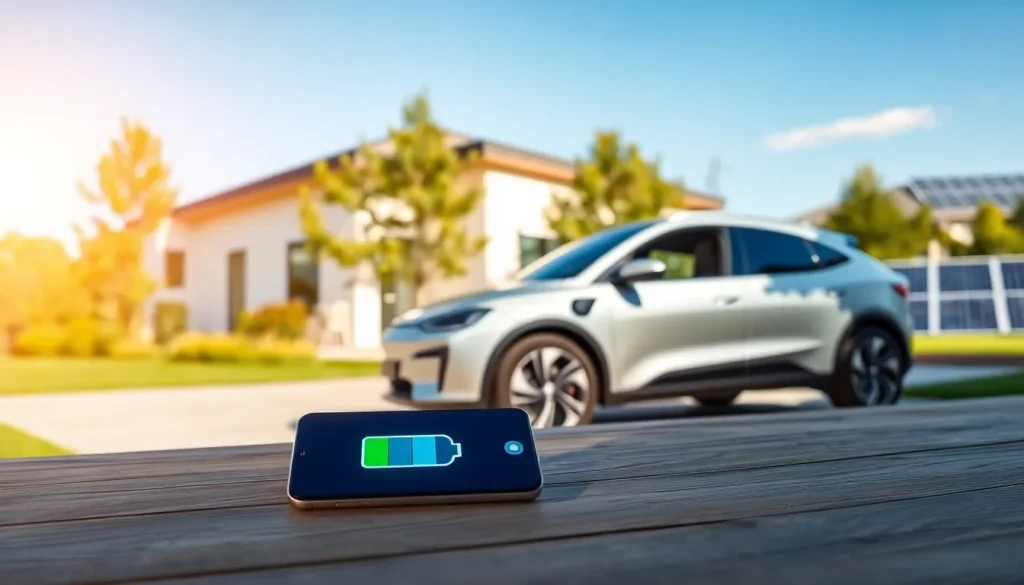In a world increasingly reliant on technology, the ability to retain power is becoming more critical than ever. From smartphones to electric vehicles, extensive power retention influences efficiency, longevity, and sustainability. Understanding the nuances of LotsOfPower retention is essential, especially as industries strive to enhance performance while minimizing waste. This article delves into the concept, its importance, the factors that affect it, and real-world applications, equipping readers with the knowledge to appreciate this vital aspect of modern technology.
Table of Contents
ToggleWhat Is LotsOfPower Retention?

LotsOfPower retention refers to the capacity of a system or device to maintain its energy levels over time, minimizing loss and maximizing efficiency. This concept applies to various technologies, including batteries, capacitors, and even renewable energy systems. In essence, good power retention ensures that the energy stored can be effectively utilized when necessary, so reducing reliance on constant energy replenishment. It involves analyzing how energy is stored, managed, and retrieved in different technologies, leading to substantial improvements in performance and sustainability.
The Importance of Power Retention in Technology
Power retention holds paramount significance in today’s technologically driven landscape. With devices like smartphones and electric vehicles, efficient energy management isn’t just a convenience: it’s a necessity.
- Extended Battery Life: Devices with enhanced power retention allow users to rely less on frequent charging. This extends battery life, making products more user-friendly and less wasteful.
- Sustainability: Achieving improved power retention contributes to lower energy demands, aligning with global efforts to promote sustainable practices. By optimizing power use, companies can reduce their carbon footprints, leading to a healthier planet.
- Cost Efficiency: Businesses benefit from reduced operational costs as devices with better power retention can decrease energy expenses. Less frequent replacements and maintenance also contribute to overall cost savings, making technology investments more valuable.
Factors Affecting LotsOfPower Retention
Several factors critically influence LotsOfPower retention, ranging from material choices to technological innovations. Understanding these can guide improvements in design and functionality.
Strategies to Enhance LotsOfPower Retention
- Material Selection: The choice of materials for energy storage plays a crucial role in retention capabilities. Advanced materials like lithium and graphene have shown significant improvements in energy retention compared to traditional options.
- Temperature Management: Power retention is greatly affected by temperature fluctuations. Implementing thermal management solutions can help maintain optimal operating conditions, so preserving energy longer.
Technological Solutions for Improved Power Retention
- Smart Energy Management Systems: These systems analyze usage patterns, automatically adjusting settings to maximize energy retention. For instance, smart chargers can optimize the charging cycle, minimizing energy losses.
- Advanced Battery Technologies: Innovations in battery technology, such as solid-state batteries, promise to enhance power retention by enabling better energy density and safety.
With ongoing research and development, the push towards more effective energy retention continues to reshape the technology landscape.
Real-World Applications of LotsOfPower Retention
The principles of LotsOfPower retention find applications across various sectors, illustrating its versatility and importance.
- Electric Vehicles (EVs): EVs exemplify the necessity of power retention. A vehicle with long-lasting power can travel further on a single charge, making it appealing to consumers and essential for the growth of electric transportation.
- Renewable Energy Systems: For solar and wind energy systems, effective power retention ensures that energy collected during peak times can be stored and used when demand is high, so facilitating a smoother transition to renewable sources.
- Consumer Electronics: Smart devices increasingly depend on enhanced power retention to provide uninterrupted performance. Smartphones and tablets are designed to manage background processes efficiently, thereby extending usage time for consumers.
Challenges in Achieving Optimal Power Retention
Even though advancements, achieving optimal power retention faces several challenges that stakeholders must navigate.
- Degradation Over Time: Energy storage systems, particularly batteries, often degrade as they age. This decline in performance impacts overall power retention, forcing manufacturers to focus on longevity alongside efficiency.
- Technological Limits: Existing technologies may impose limitations on power retention capabilities. For instance, while lithium-ion batteries are prevalent, their inherent limitations lead to research into alternatives such as lithium-sulfur batteries, which promise improved retention.
- Market Adoption: Transitioning to newer technologies that enhance power retention can be slow due to market acceptance and the associated costs of changing existing infrastructures. Education and incentives may be necessary to promote these advancements.
Conclusion
Understanding LotsOfPower retention is essential for navigating the complexities of modern technology. As industries increasingly rely on efficient energy management, the implications extend beyond simple performance metrics. Enhanced power retention not only contributes to user satisfaction and operational cost savings but also plays a pivotal role in sustainability efforts. By addressing the challenges and leveraging advancements in technology, stakeholders can optimize power retention, paving the way for a more energy-efficient future.






